Home>Home Maintenance>How To Plant In A Midcentury Modern Plant Stand That Doesn’t Have Drainage
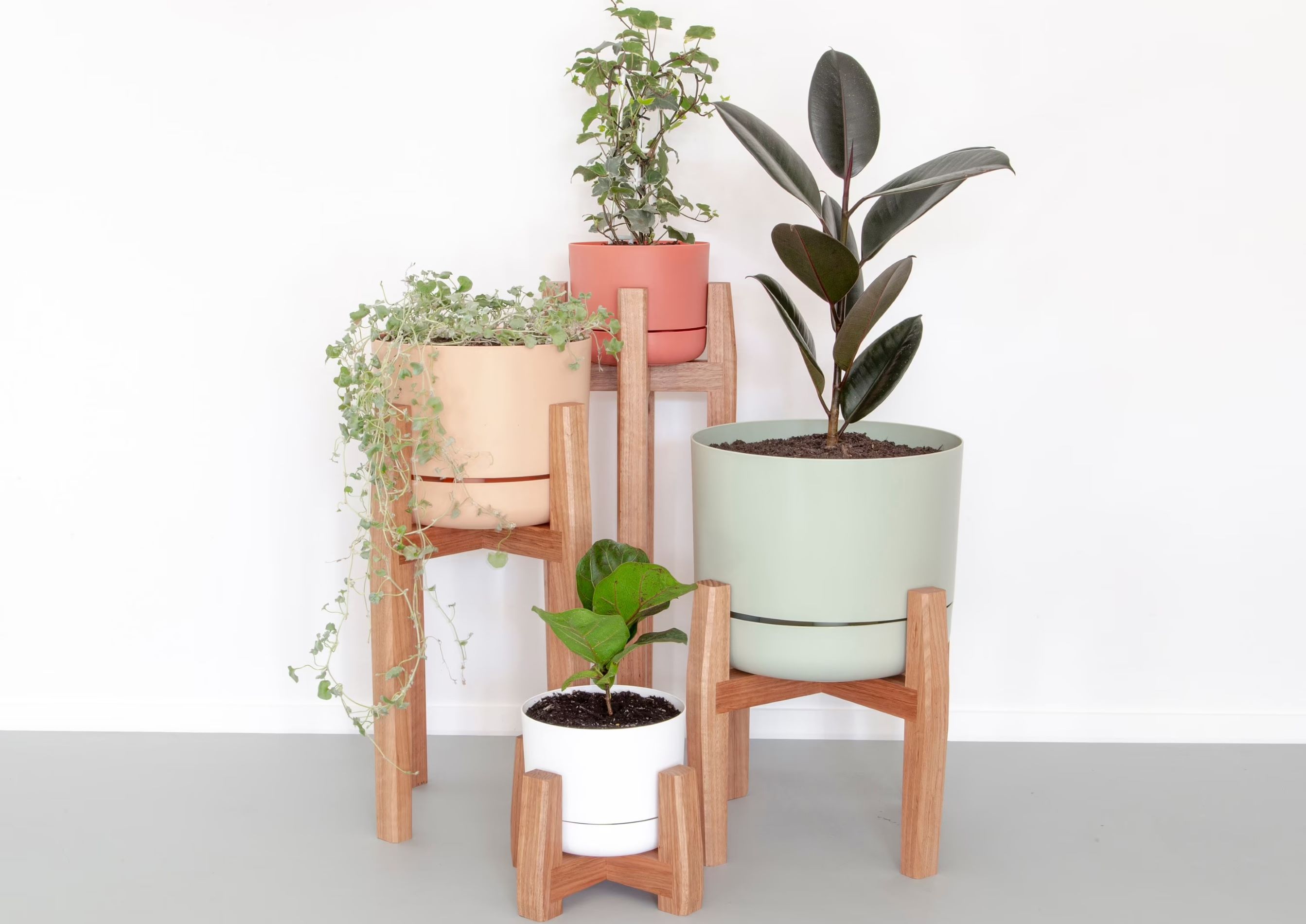

Home Maintenance
How To Plant In A Midcentury Modern Plant Stand That Doesn’t Have Drainage
Modified: March 7, 2024
Learn how to plant in a drain-free midcentury modern plant stand for your home-maintenance needs. Transform your space with stylish and functional plant displays.
(Many of the links in this article redirect to a specific reviewed product. Your purchase of these products through affiliate links helps to generate commission for Storables.com, at no extra cost. Learn more)
Introduction
Welcome to the world of midcentury modern plant stands! These sleek and stylish stands are a popular choice for displaying plants indoors, adding a touch of nostalgia and sophistication to any space. However, one common challenge that arises with these plant stands is the absence of drainage holes. Without proper drainage, excess water can accumulate in the pot, leading to root rot and plant suffocation. But fear not! In this article, we will explore different methods to plant in a midcentury modern plant stand that doesn’t have drainage.
Before diving into the solutions, let’s understand why drainage is important in plant containers. Adequate drainage allows water to flow out of the pot freely, preventing waterlogged soil and ensuring that the roots receive the right amount of moisture. Without drainage, the excess water has nowhere to go, and the roots become susceptible to rot and fungal diseases, eventually leading to plant death. So, if your midcentury modern plant stand doesn’t have drainage holes, it’s crucial to find alternative ways to provide suitable drainage for your plants.
The first step in planting in a midcentury modern plant stand without drainage is choosing the right stand. Look for stands that provide enough space for a pot that has drainage holes. This will allow you to house your plants in pots with proper drainage and simply place them on the stand for display. The stand should also complement the overall aesthetics of your space, enhancing its beauty and charm.
Now that you have the perfect midcentury modern plant stand, let’s explore some options for creating drainage in pots without drainage holes. There are several methods you can use to ensure that your plants thrive, even without the presence of traditional drainage. Let’s take a closer look at these options.
Before proceeding with any of the methods mentioned, it’s essential to choose plants that are compatible with your specific method of drainage. Some plants require more moisture, while others prefer drier conditions. Take into consideration the watering needs of your plants and adjust accordingly.
Key Takeaways:
- Ensure your midcentury modern plant stand has proper drainage to prevent root rot and fungal diseases, or use a detachable drainage tray to collect excess water.
- Consider using a layer of gravel or pebbles at the bottom of the pot, or opt for self-watering pots to maintain healthy plants in a stand without drainage.
Read more: Why Doesnt Europe Have AC
Understanding the Importance of Drainage in Plant Containers
Drainage is a crucial aspect of maintaining healthy plants in any type of container, including midcentury modern plant stands. When water is applied to plants, it should have a way to escape, allowing excess water to drain out. Without proper drainage, standing water can lead to several issues that can harm your plants.
When water accumulates in the bottom of a pot without drainage holes, it can create a waterlogged environment. The excess moisture prevents oxygen from reaching the roots, leading to root rot and fungal infections. Additionally, the lack of drainage can cause salts and minerals to build up in the soil over time, further jeopardizing the health of your plants.
Proper drainage promotes a healthy root system by allowing oxygen to reach the roots and preventing the conditions that favor rot and fungal diseases. It also helps to flush out any accumulated salts or toxins in the soil, ensuring optimal nutrient uptake by the plant.
It’s important to note that different plants have varying moisture requirements. Some plants prefer moist soil, while others prefer drier conditions. Understanding the specific needs of your plants is essential when it comes to creating a suitable drainage solution for your midcentury modern plant stand.
When considering the drainage options for your plant containers, it’s crucial to strike a balance between providing adequate drainage and preventing excessive water loss. While you want to ensure that excess water can escape, you also want to retain enough moisture to keep your plants hydrated.
Now that we’ve covered the importance of drainage in plant containers, let’s explore the various options you can utilize to create a suitable drainage system for your midcentury modern plant stand without compromising the aesthetic appeal.
Choosing the Right Midcentury Modern Plant Stand
When selecting a midcentury modern plant stand, it’s essential to consider a few factors that will ensure both functionality and aesthetic harmony. These factors will help you choose a stand that not only complements your interior design but also accommodates the plants you want to display.
First, consider the size and weight of the plant stand. Ensure that it is sturdy enough to support the weight of your chosen plants and pots. You don’t want a stand that wobbles or is prone to tipping over, as this can cause damage to your plants and create a safety hazard.
Next, think about the number of plants you wish to display. Consider whether you want a single-tiered stand or if you prefer multiple tiers for a layered effect. Having adjustable shelves or a stand with different heights can provide versatility and allow you to showcase various plant sizes.
Material selection is also crucial. Midcentury modern plant stands are commonly made from materials such as wood, metal, or a combination of both. Choose a material that not only matches your existing decor but also complements the texture and color of your plants. Consider the durability and ease of cleaning when evaluating different materials.
Additionally, take into account the overall style and design of the stand. Midcentury modern plant stands come in various shapes, from geometric designs to clean lines with minimalist accents. Pick a style that fits your personal taste and enhances the visual appeal of your space.
Lastly, consider the size and layout of your living area. Measure the available space and choose a stand that fits appropriately, allowing enough room for your plant collection to thrive. You don’t want to overcrowd your plants or have them crammed into a limited space, hindering their growth and access to light.
By considering these factors and understanding your specific requirements, you can select a midcentury modern plant stand that provides both style and functionality. Once you have the right stand in place, you can proceed to address the drainage challenges that often come with these stands, ensuring the health and longevity of your plants.
Assessing the Drainage Options
Now that you have chosen the perfect midcentury modern plant stand, it’s time to explore different options for creating drainage in pots without drainage holes. Here are four popular methods to consider:
- Using a Detachable Drainage Tray: One simple solution is to place a detachable drainage tray under the pot. This tray will catch any excess water that drains from the pot, preventing it from pooling on the stand or damaging your furniture. Make sure the tray is slightly larger in diameter than the pot to catch any runoff effectively. Periodically check the tray and empty it to prevent water buildup.
- Adding a Layer of Gravel or Pebbles: Another method is to place a layer of gravel or pebbles at the bottom of the pot before adding the soil. This layer acts as a drainage barrier, allowing excess water to collect at the bottom while keeping the roots elevated above the water level. The gravel layer also helps to promote airflow and prevent the roots from sitting in standing water.
- Creating a DIY Drainage System: You can create a simple DIY drainage system by placing a layer of landscape fabric over the drainage holes of the pot, ensuring that it covers the entire bottom surface. Next, add a layer of charcoal on top of the fabric, followed by a layer of gravel or perlite. This setup helps to filter the water, prevents soil from clogging the drainage holes, and facilitates proper water flow out of the pot.
- Opting for Self-watering Pots: Self-watering pots are an excellent option for midcentury modern plant stands without drainage. These pots have a reservoir at the bottom that holds water, and a wick or capillary system that draws water up into the soil as needed. This allows the plant to absorb water from below, preventing overwatering and providing consistent moisture levels. Self-watering pots are particularly useful for busy individuals or those who tend to forget about watering their plants.
Each of these methods has its own advantages and considerations, so choose the one that aligns with your preferences and the specific needs of your plants. Experimenting with different techniques may be necessary to find the most effective solution for your particular plant stand setup.
Now that you have a better understanding of the available drainage options, let’s explore each method in more detail to help you make an informed decision on how to best address the drainage challenges of your midcentury modern plant stand.
Option 1: Using a Detachable Drainage Tray
One of the simplest solutions for creating drainage in a midcentury modern plant stand without drainage holes is to use a detachable drainage tray. This method allows you to catch any excess water that drains from the pot, preventing it from accumulating on the stand or causing damage to your furniture.
To utilize this method, select a detachable drainage tray that is slightly larger in diameter than the pot. Place the tray on the plant stand and position your pot on top of it. When you water your plants, any excess water will drain through the pot’s drainage holes and be collected in the tray.
It is important to monitor the tray and ensure that it is emptied regularly to prevent water from stagnating. Standing water can promote the growth of mold, attract pests, and lead to root rot. Additionally, if the tray overflows, it can damage your plant stand and surrounding surfaces.
By using a detachable drainage tray, you can easily maintain proper drainage for your plants while preserving the aesthetic appeal of your midcentury modern plant stand. This method is particularly useful for plants that require regular watering or for individuals who tend to overwater their plants.
It’s important to note that while using a detachable drainage tray can promote drainage to some extent, it doesn’t provide the same level of drainage as pots with actual drainage holes. Some excess water may still remain in the soil, so it’s crucial to monitor the moisture levels and adjust your watering accordingly to prevent waterlogging.
Overall, the use of a detachable drainage tray is a convenient and effective method for providing drainage in a midcentury modern plant stand without compromising its aesthetic appeal. It helps to prevent water accumulation, protects your plants from root rot, and ensures that your beloved greenery thrives in its beautiful display.
Consider using a layer of gravel at the bottom of the plant stand to create a reservoir for excess water. This will help prevent water from pooling and causing root rot.
Option 2: Adding a Layer of Gravel or Pebbles
If your midcentury modern plant stand doesn’t have drainage holes, another effective method to improve drainage is by adding a layer of gravel or pebbles at the bottom of the pot. This layer creates space for excess water to collect, preventing the roots from sitting in standing water and promoting better airflow.
To implement this method, follow these steps:
- Choose a pot that fits neatly inside your plant stand, leaving some space between the pot and the stand to allow for air circulation.
- Place a layer of gravel or small rocks at the bottom of the pot, ensuring it covers about one or two inches of the pot’s height.
- Add a layer of landscape fabric or mesh over the gravel to prevent the soil from seeping into the drainage layer.
- Fill the pot with well-draining potting soil, leaving enough space at the top to accommodate your plants.
- Plant your desired vegetation and water as usual. The excess water will flow through the soil and collect in the layer of gravel or pebbles at the bottom of the pot.
The layer of gravel or pebbles acts as a drainage barrier, preventing the roots from sitting in water and promoting airflow within the pot. This setup helps to prevent waterlogging and ensures that the roots have access to sufficient oxygen for healthy growth.
Remember to monitor the moisture levels of the soil and adjust your watering schedule accordingly. While the layer of gravel or pebbles helps improve drainage, it’s still essential to avoid overwatering your plants, as excessive moisture can lead to root rot and other problems.
This method is particularly suitable for plants that prefer well-draining soil and are more susceptible to root rot, such as succulents and cacti. The layer of gravel helps create a drier environment at the bottom of the pot, mimicking their natural habitat.
The addition of a layer of gravel or pebbles not only improves drainage but also adds a decorative element to your plant display. The contrasting texture and color of the stones can enhance the visual appeal of your midcentury modern plant stand while providing your plants with the proper conditions for healthy growth.
By incorporating this method into your plant care routine, you can prevent waterlogging and ensure that your plants thrive in their beautiful display, even without traditional drainage holes.
Option 3: Creating a DIY Drainage System
If your midcentury modern plant stand doesn’t have drainage holes, you can create a DIY drainage system to ensure proper water flow and prevent waterlogging. This method involves utilizing a few simple materials to construct a barrier that allows excess water to drain out, while still retaining soil and preventing it from escaping through the bottom of the pot.
Here’s how you can create a DIY drainage system:
- Cover the drainage holes, if any, at the bottom of your pot with a layer of landscape fabric or mesh. This will help prevent soil from escaping while allowing water to pass through.
- Add a layer of activated charcoal on top of the fabric. The activated charcoal helps to filter the water and eliminate any odors that may develop over time.
- Next, add a layer of gravel or perlite on top of the charcoal. This layer acts as a drainage barrier and provides space for excess water to collect.
- Finally, fill the pot with well-draining potting soil, leaving enough space for your plants.
- Plant your desired vegetation and water as necessary. The excess water will drain through the soil and collect in the layer of gravel or perlite.
This DIY drainage system helps create a path for water to flow freely, preventing water accumulation and potential damage to the plants’ roots. The layer of charcoal and gravel acts as a filter, ensuring that the water drains efficiently and the soil remains well-drained.
It’s important to note that while this DIY drainage system can help improve water drainage, it’s still essential to monitor the moisture levels of the soil and adjust your watering schedule accordingly. Proper watering practices are crucial to prevent overwatering and ensure the health of your plants.
This method is suitable for a wide range of plants, especially those that prefer well-draining soil. However, if you have plants that require constant moisture or higher humidity levels, you may need to modify the drainage system to accommodate their specific needs.
By taking a DIY approach and creating a drainage system for your midcentury modern plant stand, you can provide the necessary drainage for your plants while still maintaining the aesthetic appeal of the stand. This method allows you to have control over the water flow, creating an environment that promotes healthy plant growth and minimizes the risk of root rot.
Option 4: Opting for Self-watering Pots
If you’re looking for a convenient and efficient solution for planting in a midcentury modern plant stand without drainage holes, consider using self-watering pots. These pots come with a built-in reservoir that holds water, allowing the plant to draw moisture as needed, preventing overwatering and providing a consistent water supply.
Self-watering pots typically consist of two main components: a pot or container for the plant and a reservoir at the bottom. The reservoir is separate from the main planting area and is designed to hold water, providing a constant source of moisture for the plant.
Here’s how self-watering pots work:
- Fill the reservoir with water through a designated opening or water tube.
- Place the plant in the main potting area, which contains the potting soil.
- As the plant needs water, it absorbs moisture from the soil through its roots.
- Excess water drains from the soil and collects in the reservoir, where it is stored for future use.
- When the reservoir is empty, refill it with water to maintain a consistent water supply for your plants.
Self-watering pots offer several advantages. They prevent overwatering by providing water to the plant only when needed, reducing the risk of root rot and other water-related issues. They also help create a more consistent moisture level, which can be beneficial for those who may have a busy schedule or tend to forget to water their plants regularly.
When using self-watering pots, it’s important to select plants that are appropriate for this watering method. Some plants may not thrive in a self-watering system, as they prefer drier conditions or have specific water requirements. Research the watering needs of your plants and choose accordingly to ensure their health and longevity.
Self-watering pots come in various sizes and designs, including options that are compatible with midcentury modern plant stands. Look for pots that fit well within your stand and complement its aesthetic appeal.
By opting for self-watering pots, you can provide your plants with a consistent water supply without the need for drainage holes in your midcentury modern plant stand. This option combines convenience, functionality, and the ability to maintain optimal moisture levels for healthy plant growth.
Remember to periodically check the water level in the reservoir and refill as needed. This will ensure that your plants thrive and continue to beautify your midcentury modern plant stand.
Maintaining and Caring for Plants in a Midcentury Modern Plant Stand without Drainage
When planting in a midcentury modern plant stand without drainage, it’s important to pay close attention to the care and maintenance of your plants. Proper care will help prevent water-related issues and ensure the health and vitality of your greenery. Here are some essential tips for maintaining and caring for plants in a plant stand without drainage:
- Watering: Be mindful of your watering practices. Avoid overwatering your plants, as stagnant water can lead to root rot. Instead, water your plants in small amounts, allowing the soil to dry out slightly between waterings. Monitor the moisture levels of the soil and adjust your watering schedule accordingly. Different plants have different watering needs, so it’s crucial to understand the specific requirements of your plants.
- Choosing the Right Potting Mix: Use a well-draining potting mix that allows excess water to flow through easily. Avoid heavy soils that retain water, as they can exacerbate drainage issues. Look for potting mixes specifically designed for plants that prefer drier conditions, such as cacti and succulents.
- Maintaining Proper Airflow: Adequate airflow is essential for preventing the buildup of excess moisture around the roots. Periodically check the foliage and remove any dead or wilted leaves. This will promote better air circulation and prevent the growth of mold or mildew.
- Monitoring Soil Moisture: Regularly check the moisture levels of the soil using a moisture meter or by inserting your finger into the soil. If the top couple of inches feel dry, it’s a good indication that it’s time to water your plants. Avoid letting the soil dry out completely, as this can stress the plants. Establish a watering routine based on the specific needs of your plants.
- Preventing Water Accumulation: After watering your plants, check for any excess water in the bottom of the pot or drainage tray. If there is standing water, carefully remove it to prevent waterlogging. Excess water can lead to root rot and other problems, so it’s crucial to ensure proper drainage after each watering session.
- Inspecting for Pests and Diseases: Regularly inspect your plants for any signs of pests or diseases. Overwatering or poor drainage can create an environment that is conducive to the growth of fungi, mold, and pests. Take immediate action if you notice any issues, such as yellowing leaves, wilting, or pests like mealybugs or fungus gnats.
By following these maintenance and care guidelines, you can ensure the health and well-being of your plants in a midcentury modern plant stand without drainage. Remember to consider the specific watering and moisture requirements of your plants, and adjust your care routine as needed. With proper care and attention, your plants will thrive and bring beauty to your space for years to come.
Read more: What Kind Of Plants To Plant For Drainage
Conclusion
Planting in a midcentury modern plant stand without drainage holes may present some challenges, but with the right approach, you can create a suitable environment for your plants to thrive. Understanding the importance of drainage in plant containers is crucial to prevent water-related issues and ensure the health of your greenery.
Choosing the right midcentury modern plant stand that accommodates pots with drainage holes is the ideal solution. However, if you have a stand without drainage, there are several options available to create suitable drainage:
- Using a detachable drainage tray provides a simple method for collecting excess water.
- Adding a layer of gravel or pebbles at the bottom of the pot helps create space for water to drain and promotes better airflow.
- Creating a DIY drainage system with landscape fabric, charcoal, and gravel ensures proper water flow while retaining soil in the pot.
- Opting for self-watering pots provides a convenient and efficient way to maintain consistent moisture levels without traditional drainage.
Maintaining and caring for plants in a midcentury modern plant stand without drainage requires attention to watering practices, choosing the right potting mix, ensuring proper airflow, and monitoring soil moisture levels. By following these guidelines and adjusting your care routine to the specific needs of your plants, you can create a healthy and thriving plant display.
Remember, each plant has its own requirements, so it’s essential to research and understand the watering needs of your specific plant species. With proper care and attention, your plants will adapt and thrive in their new environment, adding beauty and natural freshness to your space.
By incorporating these drainage options and implementing the best practices for plant care, you can enjoy the beauty of a midcentury modern plant stand without compromising the health of your plants. With a little creativity and attention to detail, you can create a stunning display of greenery that enhances the aesthetics of your home while providing a nurturing environment for your beloved plants.
Frequently Asked Questions about How To Plant In A Midcentury Modern Plant Stand That Doesn't Have Drainage
Was this page helpful?
At Storables.com, we guarantee accurate and reliable information. Our content, validated by Expert Board Contributors, is crafted following stringent Editorial Policies. We're committed to providing you with well-researched, expert-backed insights for all your informational needs.
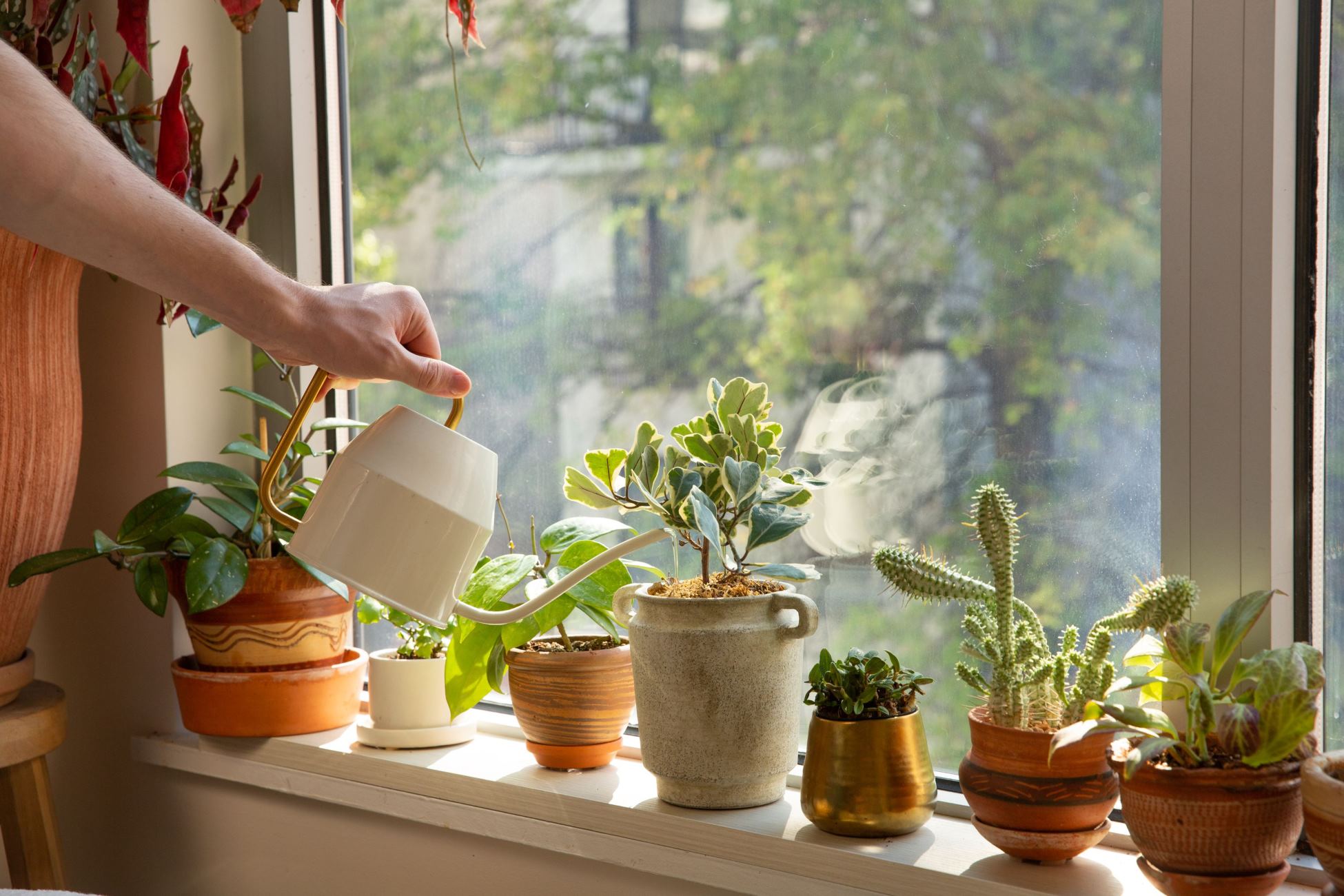
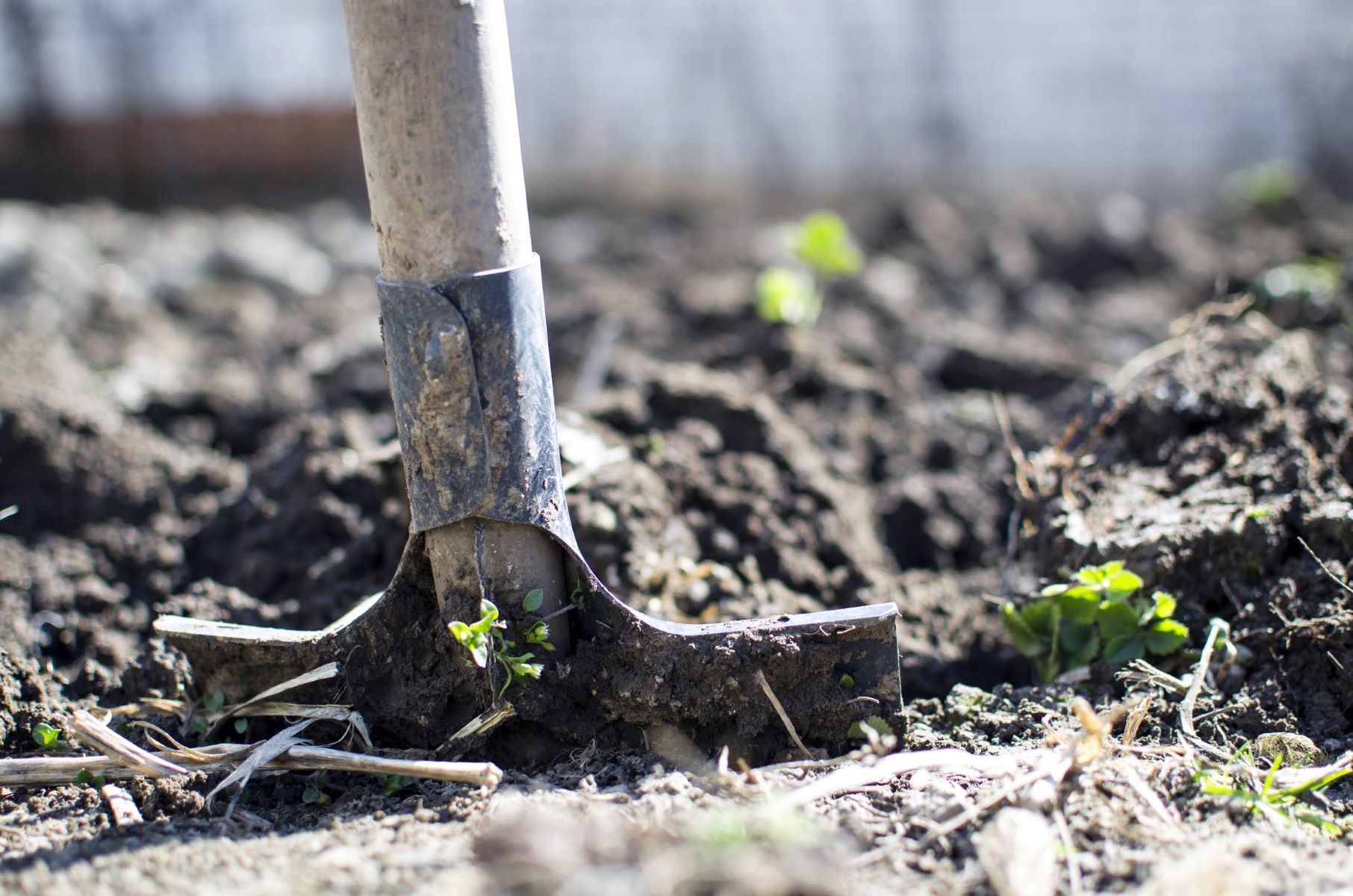
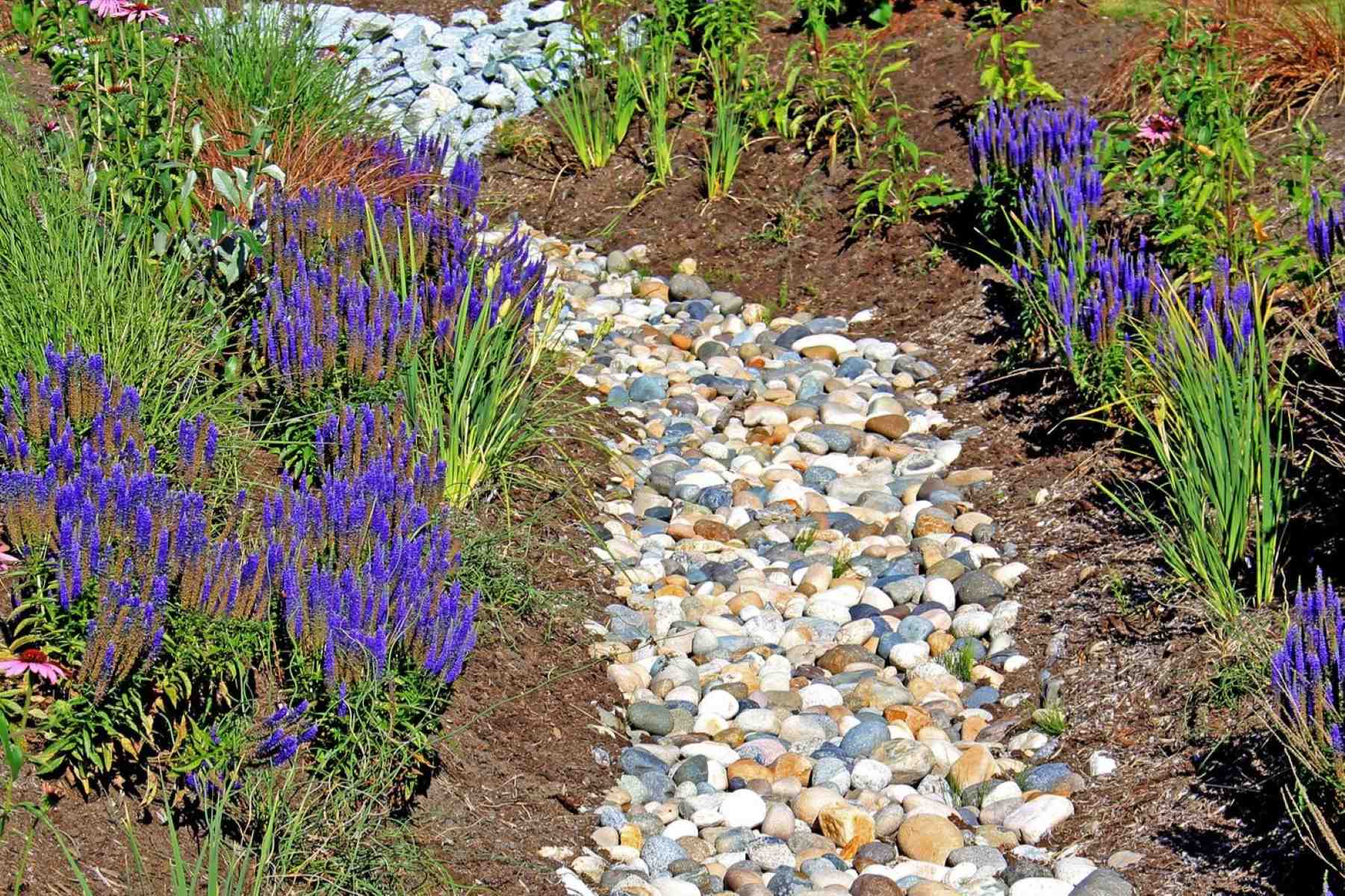
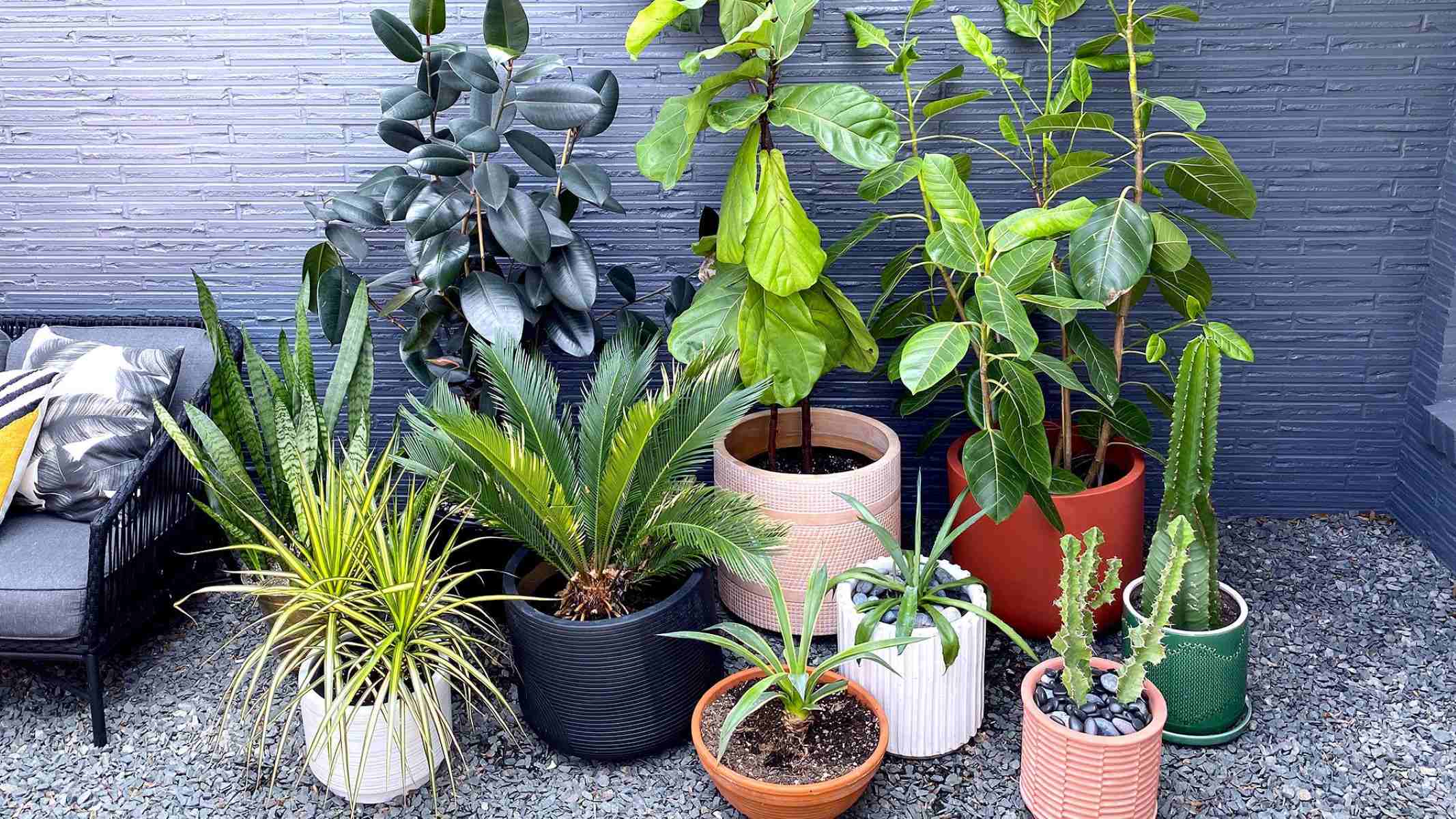
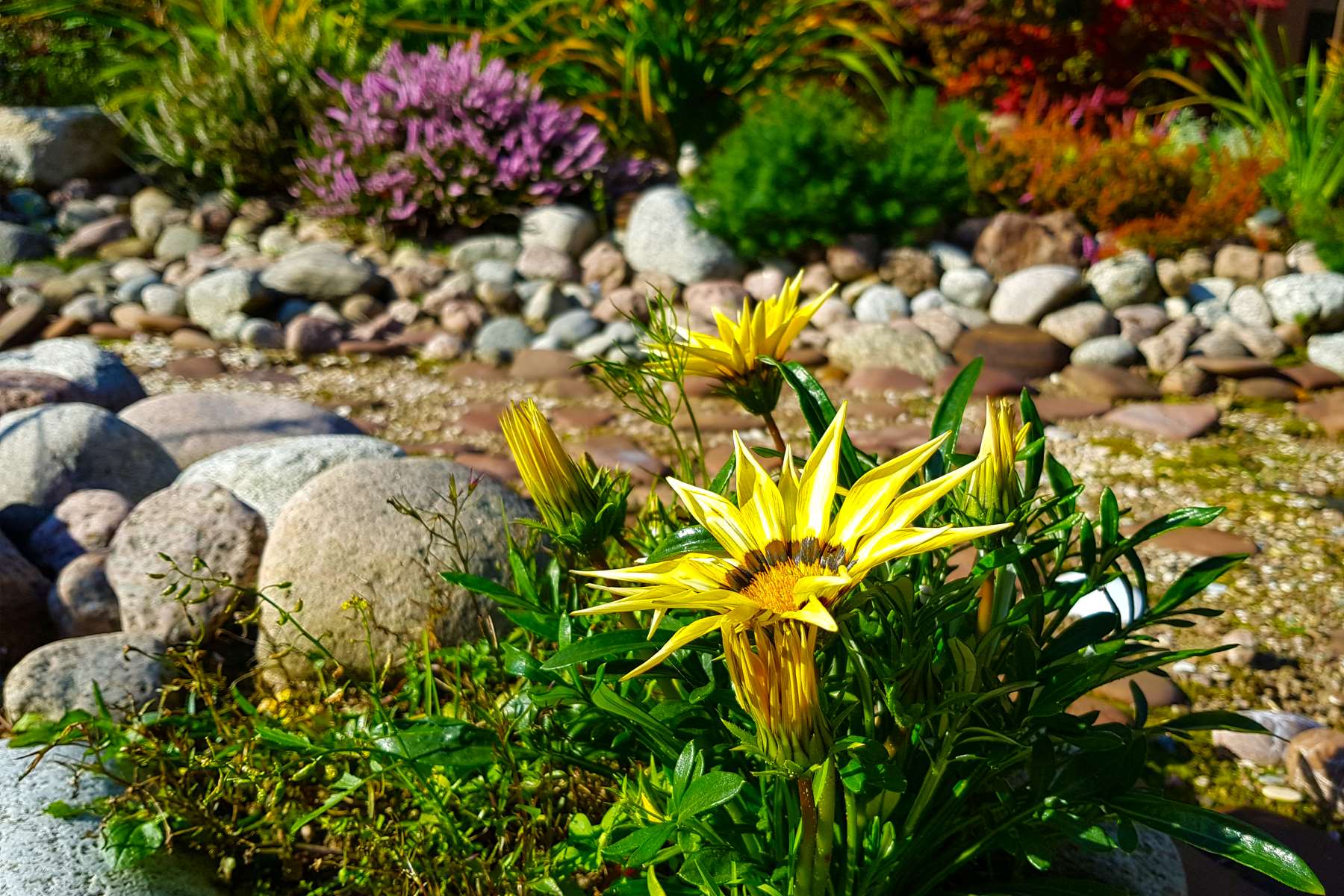
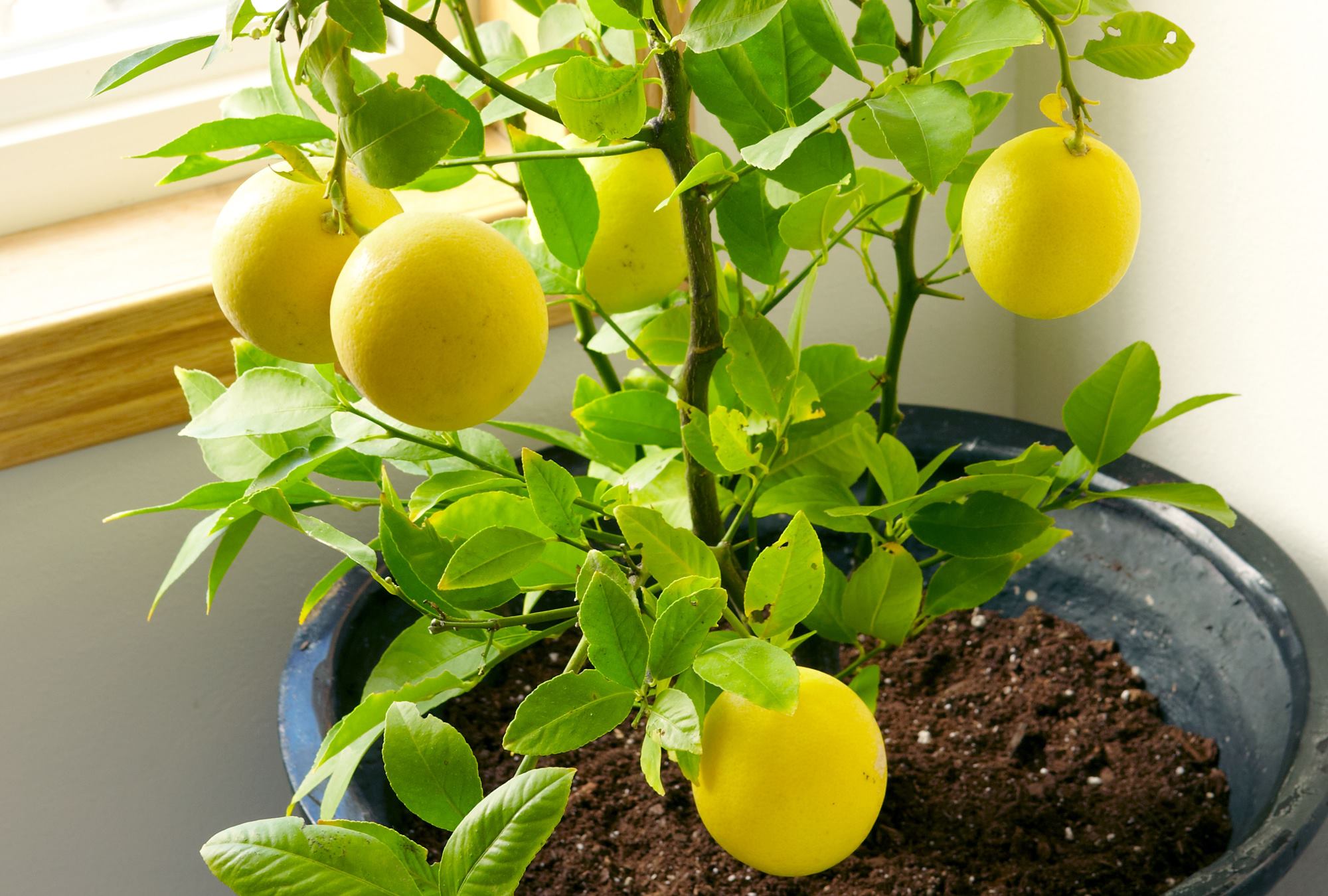
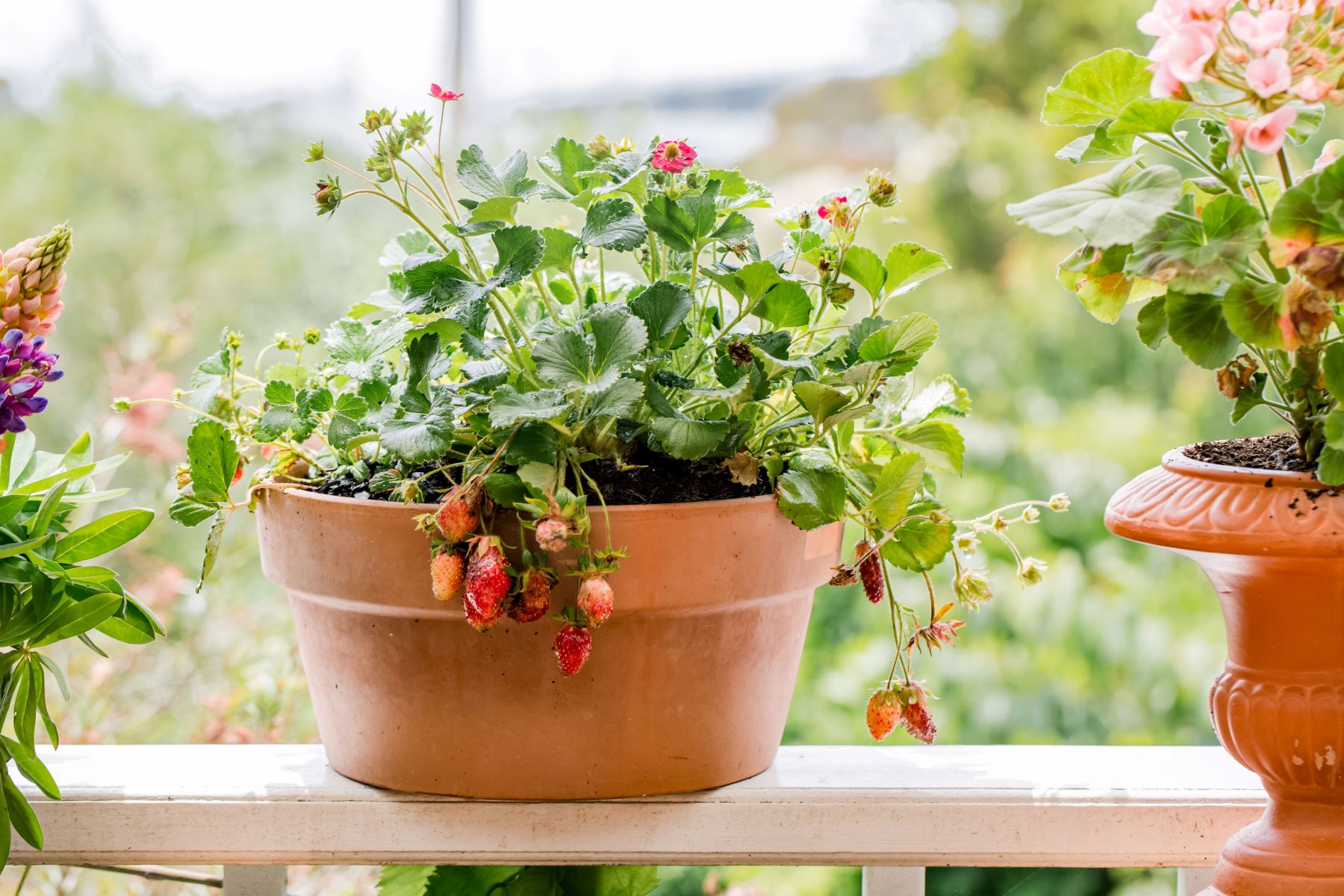
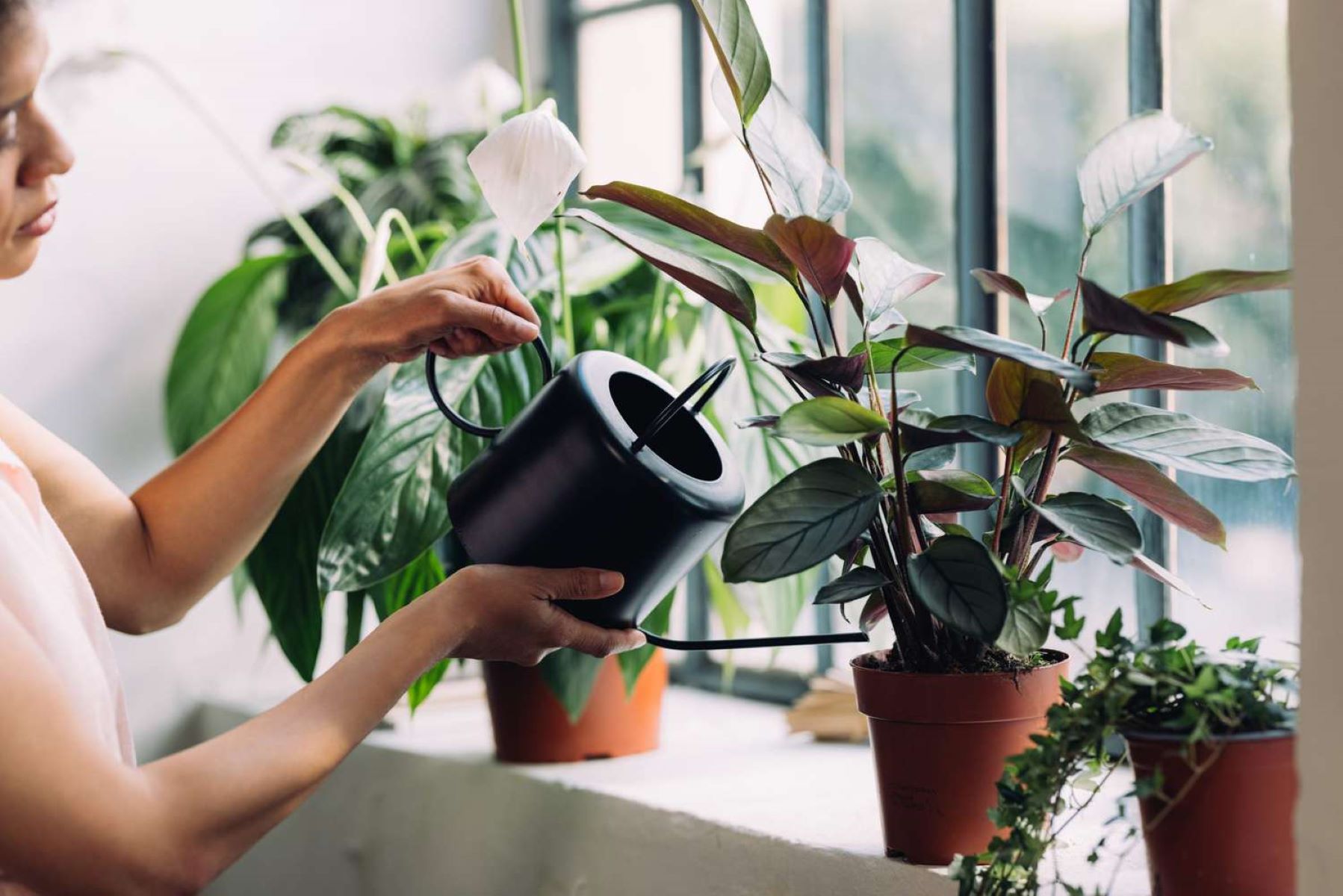
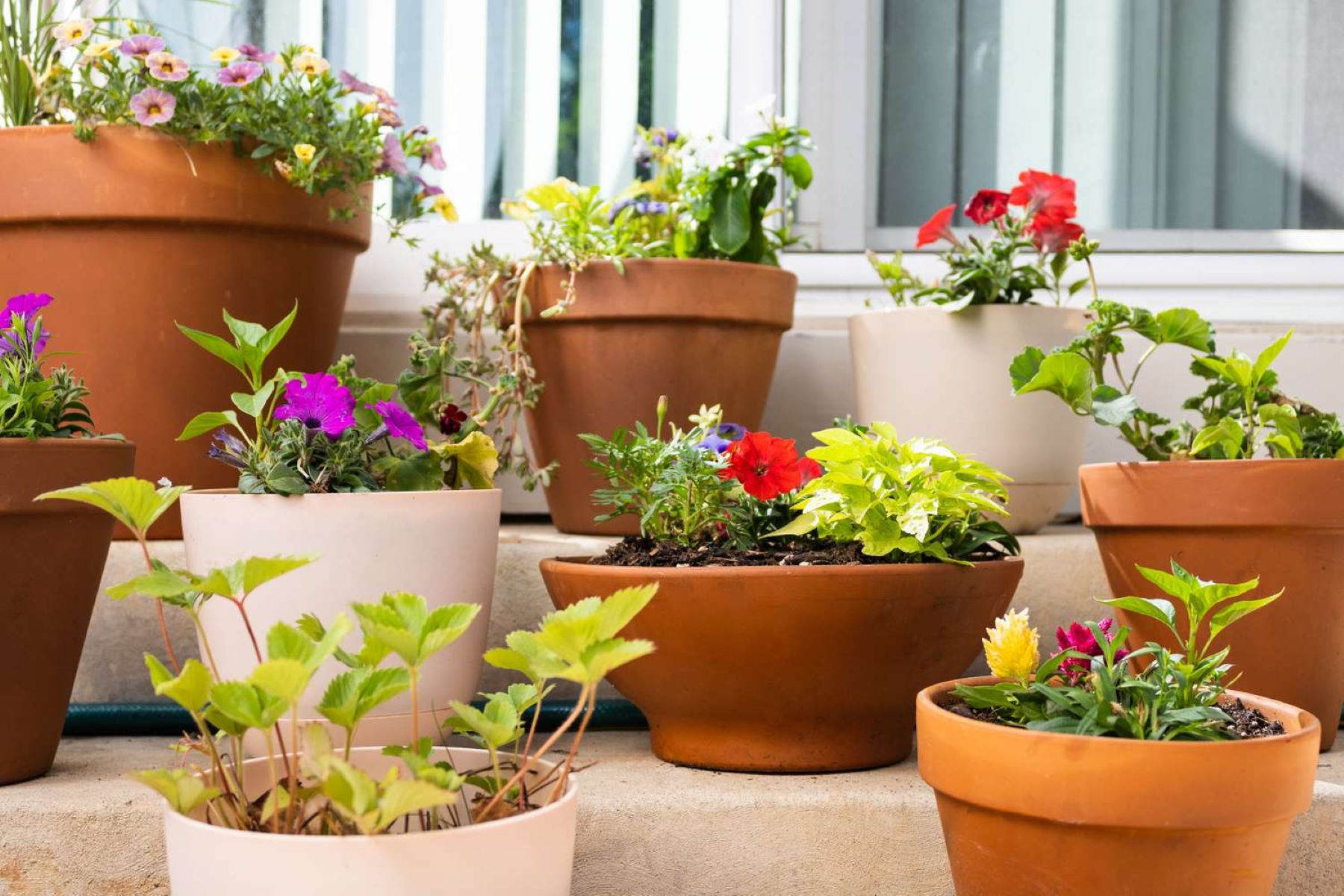
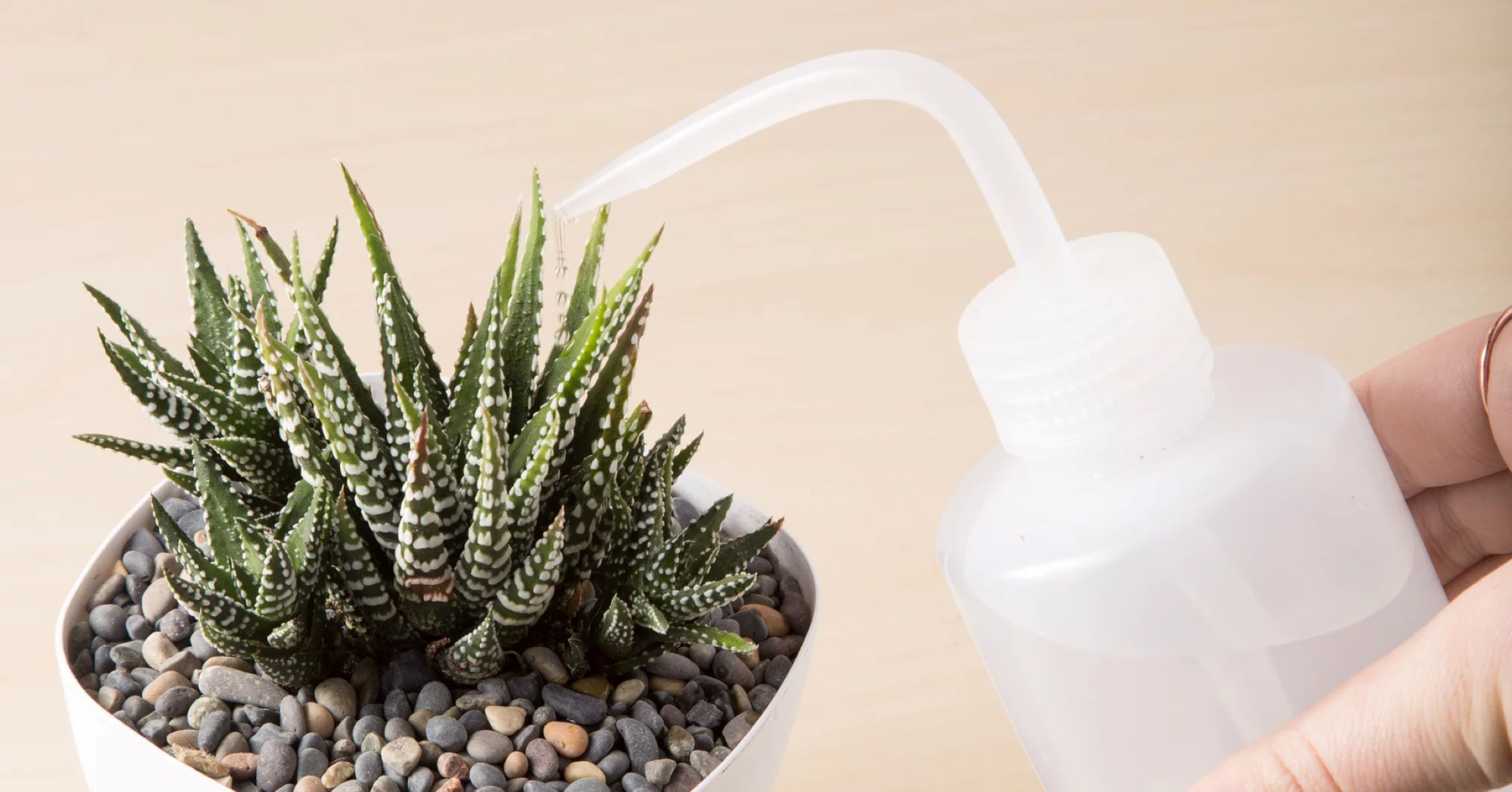
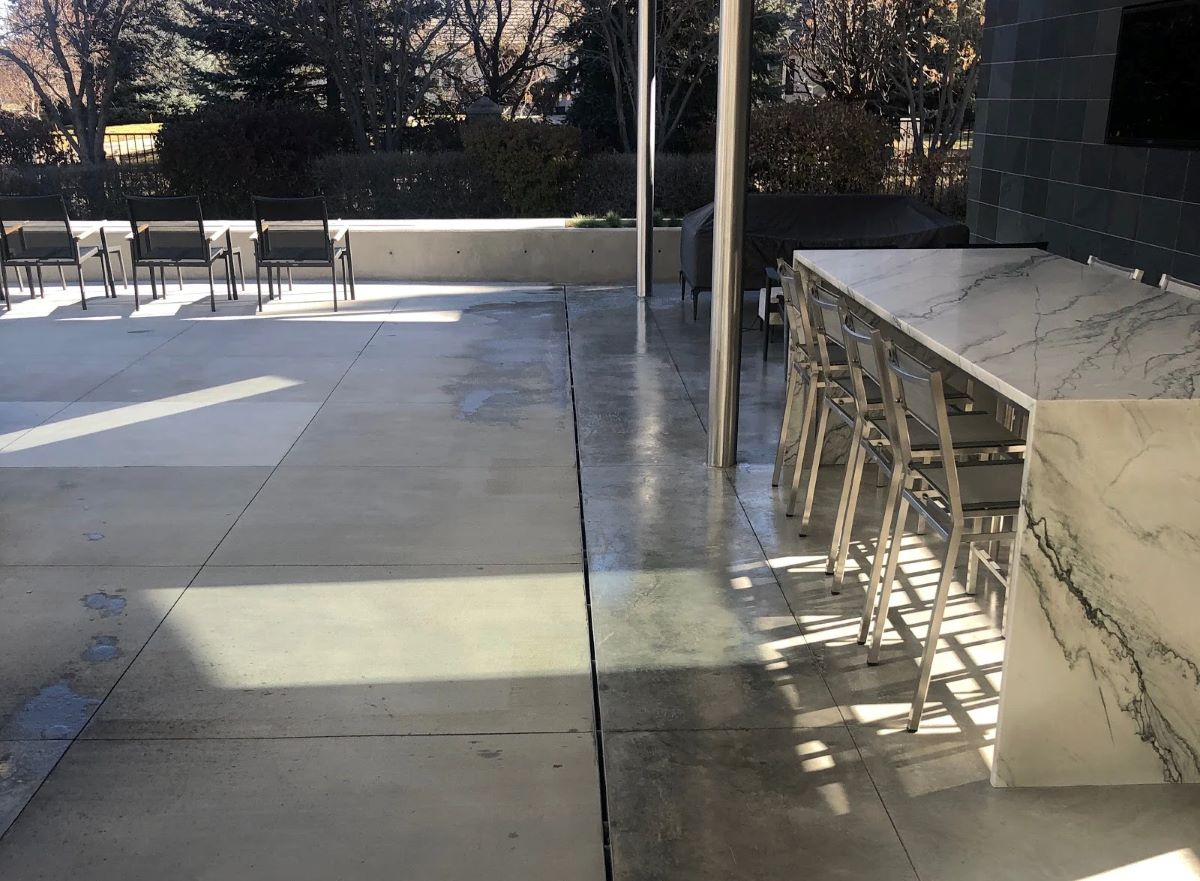
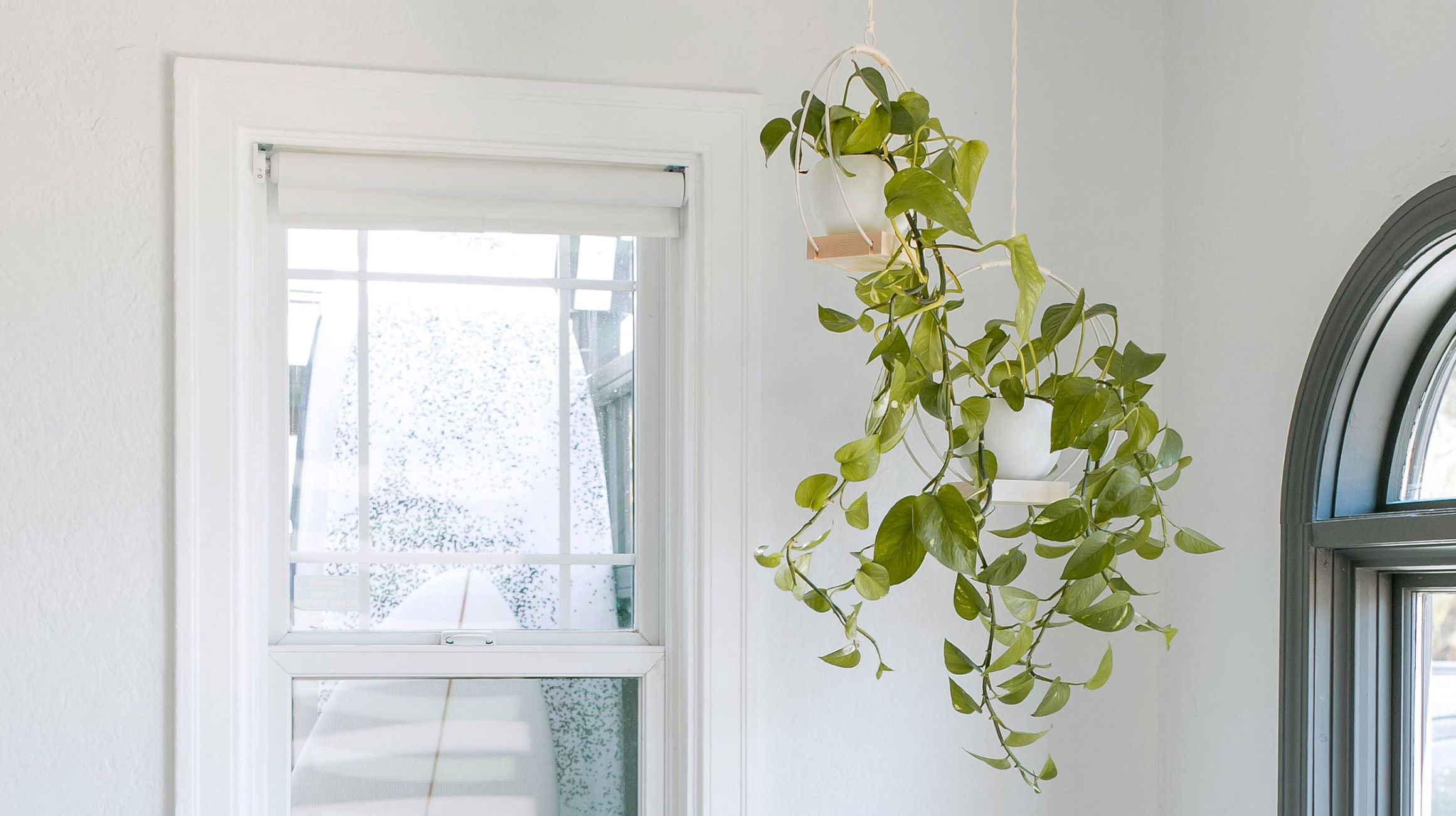
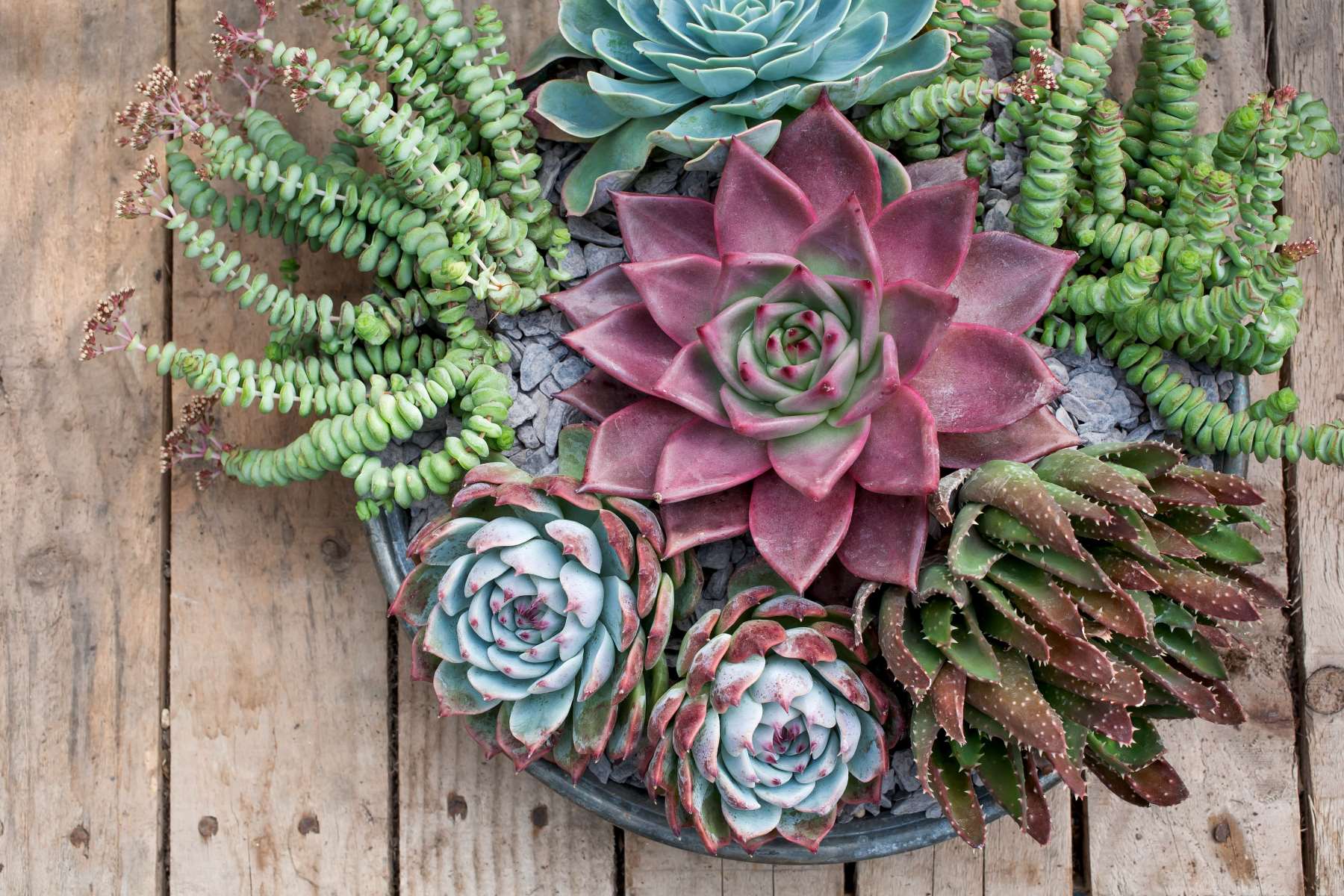

0 thoughts on “How To Plant In A Midcentury Modern Plant Stand That Doesn’t Have Drainage”